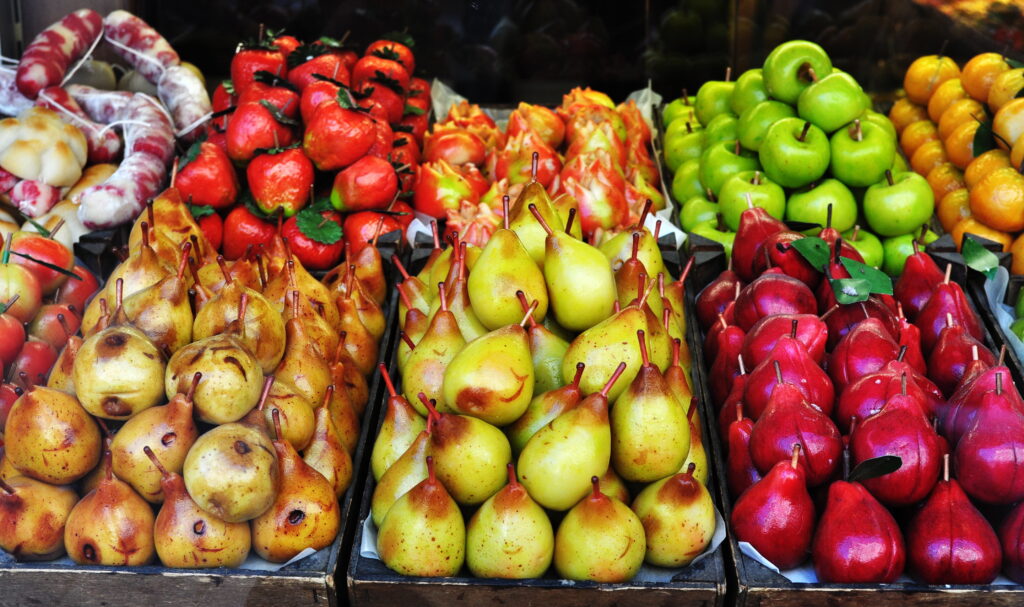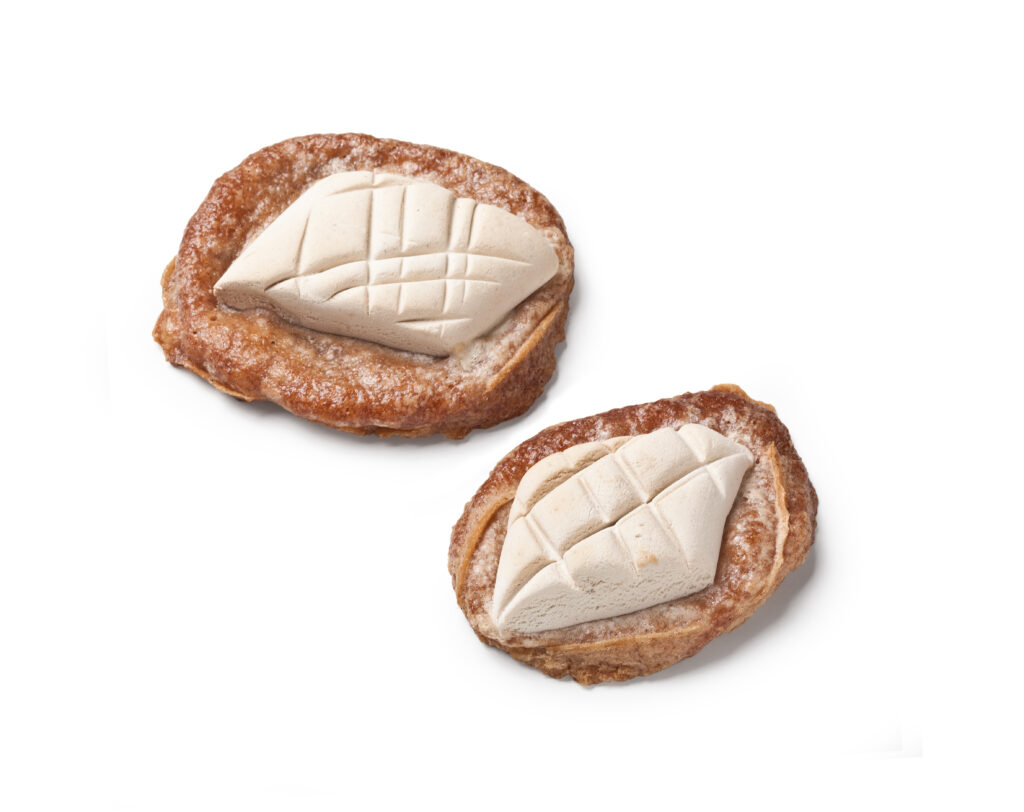Halloween and the celebrations around All Saints’ Day and All Souls’ Day (Ognissanti and Il Giorno dei Morti) in Sicily might appear vastly different on the surface, but they share a number of fascinating similarities rooted in their common theme of honoring the dead. Both festivals, though they evolved in different cultural contexts, reflect an underlying respect for ancestors and the departed, with rituals aimed at remembering and celebrating life beyond death.

The origin of Halloween
Halloween, celebrated on the night of October 31st, has its roots in the ancient Celtic festival of Samhain, a time when it was believed that the boundaries between the living and the dead blurred. The Celts believed spirits could return to Earth, and to ward off these spirits, they would light bonfires and wear costumes to disguise themselves from any wandering souls. Over time, these pagan practices were blended with Christian traditions, leading to the Halloween we know today, a night associated with costumes, trick-or-treating, and ghost stories, particularly in English-speaking countries.
Although Halloween wasn’t historically a major event in Italy, in recent years, it has gained popularity, especially among younger generations, with many enjoying the festivities of dressing up and celebrating with friends.
Ognissanti and Il Giorno dei Morti: Sicily’s Celebration of Life and Death
In Italy, especially in Sicily, the focus at the start of November shifts to All Saints’ Day (Ognissanti) on November 1st, followed by All Souls’ Day (Il Giorno dei Morti) on November 2nd. These holidays are deeply ingrained in Catholic tradition and are a time for families to honor saints and deceased loved ones.
In Sicily, the celebration of Il Giorno dei Morti is particularly rich in tradition. For centuries, Sicilian families have observed the practice of visiting cemeteries to clean and decorate the graves of relatives with flowers, especially chrysanthemums, and to attend special Masses in their memory. The Sicilian tradition also includes a unique custom: children are told that their deceased ancestors return to leave them gifts. This bears a slight resemblance to Halloween’s trick-or-treating, where children anticipate receiving sweets or presents.
On November 2nd, Sicilian children might wake up to find that their departed relatives have left them treats, such as the iconic “Frutta Martorana” (a marzipan confection shaped like fruit) and “Ossa dei Morti” (Bones of the Dead), a crunchy cookie made to honor the deceased. These sweets are not only a way to remember loved ones but also serve to connect younger generations with the tradition of revering their ancestors.

Modern Day Observances
Today, both Halloween and the traditional Giorno dei Morti are observed in Italy, often side by side. In larger cities like Palermo and Catania, Halloween festivities have become more common, with costume parties and celebrations similar to those seen in other parts of Europe and the U.S. However, the reverence for All Saints’ Day and All Souls’ Day remains strong, particularly in more traditional communities.
For travelers visiting Sicily during this period, the celebrations offer a unique opportunity to experience the rich cultural blend of ancient traditions. By visiting cemeteries or partaking in local food traditions like Frutta Martorana, visitors can gain insight into how Sicilians maintain a strong connection to their past and honor their ancestors in meaningful ways.
While Halloween and the Sicilian Day of the Dead traditions may seem worlds apart, both celebrations are linked by their shared focus on remembering the dead and celebrating life. For those traveling to Sicily during the autumn months, experiencing the mix of these customs offers a rich and reflective cultural experience, one that beautifully showcases how ancient and modern traditions come together in honoring the passage of life and death.

